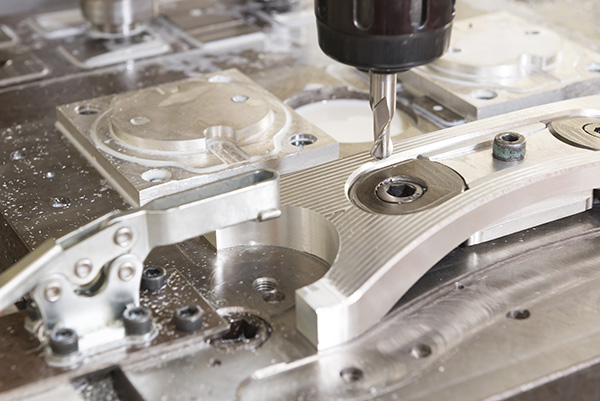In product development, creating prototypes is a crucial step. It will help manufacturers to save on costs and shorten the timeline for the project. Most importantly, prototyping allows developers to collect feedback from users before its launch. Thus, consumers can enjoy better products.
Choosing the right prototyping method is critical and it will depend on the requirements of the part. One popular technique is prototype machining. This process has many advantages including its proximity to the final part, the speed, and accuracy of its production, and the wide range of materials to choose from.
Prototype Machining as an Obvious Choice
Prototype machining is more commonly known as CNC machining. CNC stands for computer numerical control, where the machine tools get the set of instructions known as G-code from the computer software that translates the design.
CNC machines that you may be more familiar with are lathe or mill, but there are other varieties of tools under this process. In short, each type of machine can make specific geometries.
Unlike in 3D printing, which requires little setup, prototype machines are a little complicated. The tools should be secured and there are tool paths that dictate the machine what to do.
Although CNC machines are more popular in creating finished parts, it is also possible to create prototypes. These parts are extremely accurate and have a great surface finish.
The rule of thumb among manufacturers in choosing prototype machining is, if the final part requires CNC machining to make, it is wise to choose the same method in creating the prototypes. The wide selection of materials that this technique offers is an advantage as you can use a material that closely resembles the final product.

precision cnc machining, *picture from ultraspecialties.com
Prototyping Complex Parts
Prototype machining can also accommodate parts with complex geometries. This is made possible with the 5-axis milling machine or in some cases, a mill-turn center may be required. These are large machines that can rotate the part to allow the tools to access the areas on an angle or through the sides without requiring further setup.
The only limitation, however, is these machines are expensive, and not all shops may have them. You also have to pay more for these complex prototypes. Some designers would simplify their design or look for alternatives to save on cost and time to develop and manufacture the part.
When using prototype machining, product designers have to consider several factors. For example, when using CNC mills, they should consider the cutter because round-end cutters will not cut sharp inner corners and so on. The standard 3-axis mill, on the other hand, will require multiple setups for the undercuts and some shapes that are not possible to machine will have to be designed as multiple separate parts.
Challenges in Finding a Shop that Offers Prototype Machining
Some manufacturers may find it challenging to find a workshop that offers prototype machining. The reason is that the cost of the setup is too high. It will be more profitable for them to create thousands of final parts than making a prototype or two. If they accept prototype machining work, the cost is often too high.
Buying your CNC machine may be an alternative if you are planning to manufacture final products using the same machine. It will be more cost-effective in the long run if the product will make consistent sales. However, this can be a risk.
For a more professional result, the best choice is to hire a firm that can create the prototype quickly and accurately, while the designer ensures that the parts can be manufactured easily.
